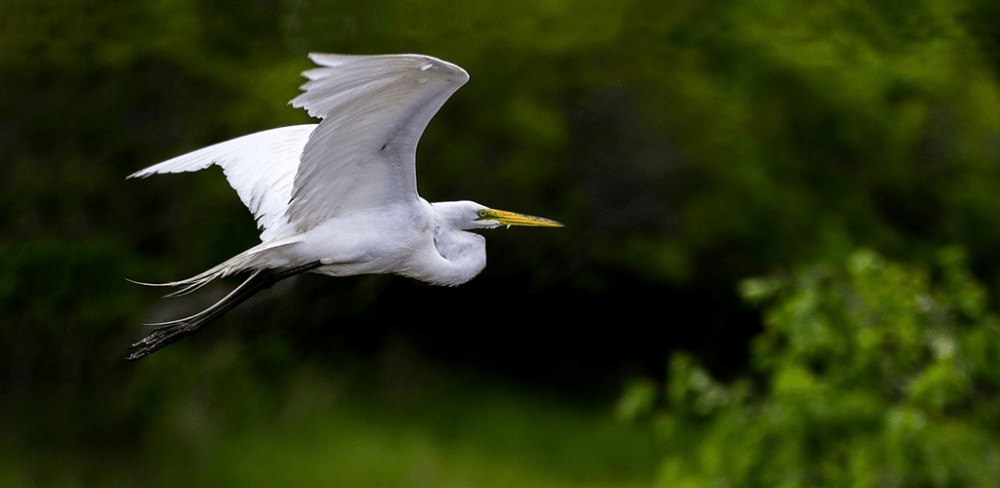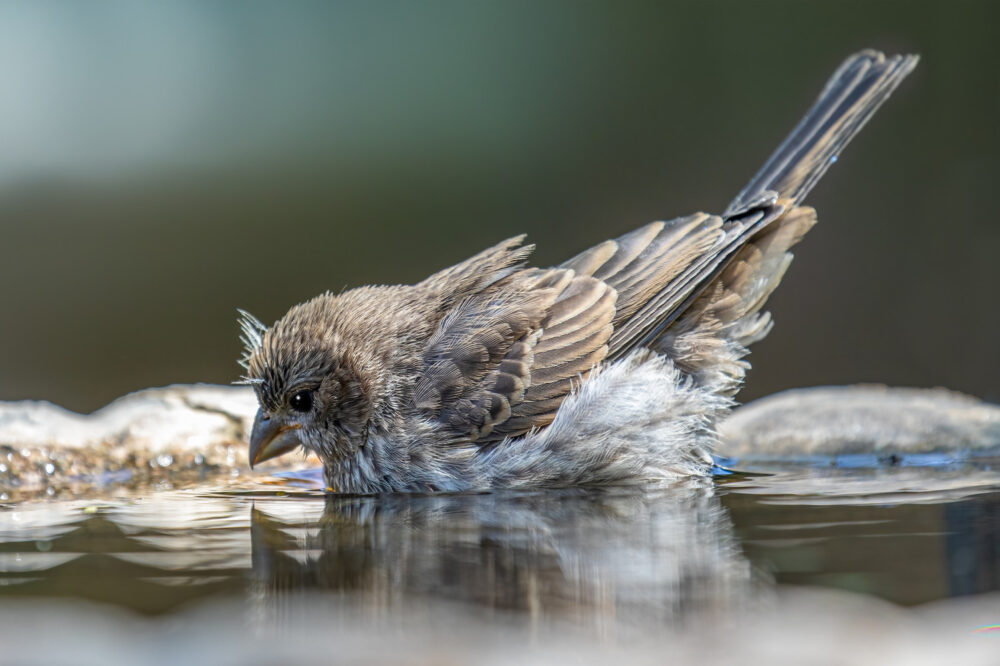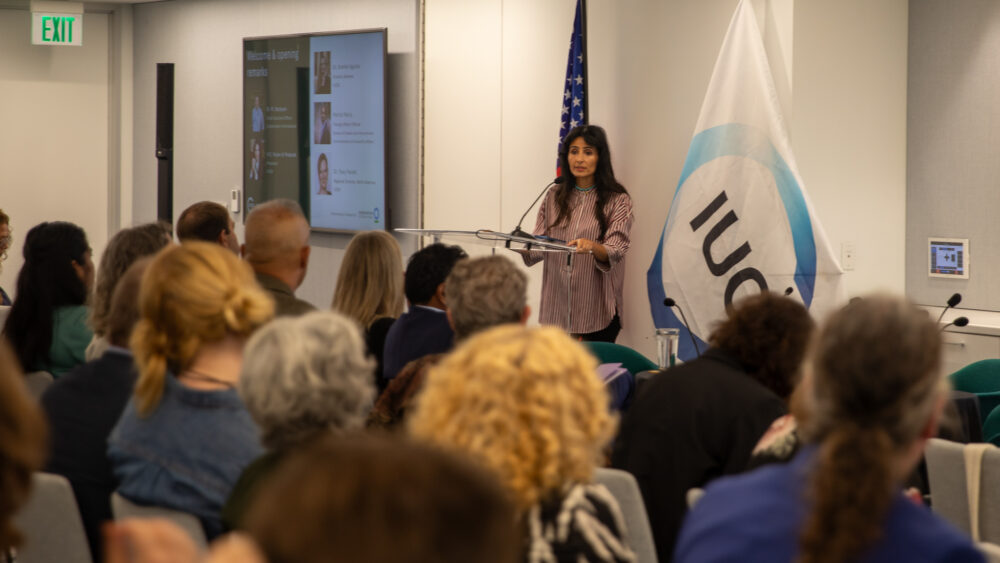We have much more to do and your continued support is needed now more than ever.
Rachael Carson Turns 100 Today
NOTE: Most remember Rachael Carson for her famous book, Silent Spring warning of the dangers of DDT and other persistent and bio-accumulating chemicals that were amplifying up the food chain. Without question, Rachael Carson’s warnings saved the bald eagle, peregrine falcon and many other birds from certain extinction. However, our collective memory of Rachael’s contribution must be re-examined on this her 100th birthday in light of her other early warnings about global warming.
Looking out of my window, I can see down a long forested valley to a far-away place appropriately called "wildwood" where nine decades ago, Rachael Carson and her mother Maria Carson roamed the Pine Creek bottoms, explored rock outcrops and woodlands listened to birds and discovered spring wildflowers and insects. Those hours in the fields of western Pennsylvania profoundly influenced one of the 20th century’s greatest women by fostering a rich sense of wonder and profound love of nature.
Rachael would return to her wildwood playground as a shy but focused college student with her professor Mary Scott Skinker who taught Introductory Biology at the Pennsylvania College for Women. Rachael loved roaming wildwood with her mother but a nature-study with a trained biologist like Skinker fed Rachael’s unquenchable curiosity and transformed her life forever.
It was Skinker who knew raw potential when she saw it in this reserved student. Ignoring Rachael’s meager financial status and gender, Skinker encouraged Rachael to switch her major from the safe field of literature where employment could be easily found to the nearly forbidden waters of then male-dominated field of science. Skinker and Carson shared a passion for nature and soon developed a lifelong mentor and protégée relationship committed to " the deepest well-being of each other" according to Carson biographer, Linda Lear.
Rachael graduated magna cum laude with a degree in biology from what is now Chatham University. She later finished a master’s degree in zoology from John Hopkins but insurmountable family and financial obligations during the Depression prevented her from seeking a doctorate. Carson went to work as a government scientist for the Bureau of Fisheries where she continued to research and write about fish and wildlife. For the next seventeen years, Rachael held various positions of increasing responsibilities with the Fish and Wildlife Service where she developed a rich understanding of the sea and a deep concern about the many human impacts on nature.
In 1938, Rachael Carson attended the North American Wildlife Conference and National Wildlife Federation convention in Baltimore where she heard the inspiring speech of the Federation’s first president Ding Darling who issued his famed warning of massive wildlife and habitat loss. It was only days after that exposure to Ding, that Rachael Carson wrote her first conservation concerns for the Richmond Times Dispatch Sunday Magazine.
Rachael knew that nature could be amazingly resilient, capable of adapting to constantly changing ecological conditions and that wildlife habitats unencumbered by damaging human interventions are inherently durable and sustainable. But their resiliency is limited and was reaching the breaking point during the dust bowl years.
From her years at the Fish and Wildlife Service, Rachael understood that there is a direct cause and effect relationship between the quality of our stewardship and the fruitfulness of all living resources. Fish and wildlife have always been the earliest biological indicators warning us of failed stewardship performance. They are an important early warning system-our canary in the mine. Throughout her life, Rachael amplified the canary’s voice so we could all hear it.
Rachael wrote numerous conservation articles and completed three compelling books, Under the Sea Wind, The Sea Around Us and The Edge of the Sea sharing her love of nature and especially her fascination with the sea.
Forever listening to birds and watching the movements of fish, Rachael discovered that they were shifting from their historic ranges all over the world and moving quite strikingly and consistently toward the poles. In her second and wildly successful book published in 1951 entitled, The Sea Around Us, Rachael wrote a chapter entitled: "The Global Thermostat" detailing the changes seen in nature concluding with, "now in our own lifetime we are witnessing a startling alteration of climate…" Because Rachael was listening, she was able to faithfully record fish and bird migratory changes and melting glaciers and rightfully associated them with a warming climate. Vogue Magazine also published this first chapter detailing early indications from nature of our changing climate.
Rachael speculated on possible root causes of the climate warming since she did not know that an earlier scientist named Svante Arrhenius had already published this clear warning based on his experiments with carbon dioxide: "We are evaporating our coal mines into the air, adding so much carbon dioxide into the air as to change the transparency of the atmosphere. With each passing year, air must be trapping more and more dark (infrared) rays more and more earthlight. Eventually this change might very well heat the planet to heights outside all human experience." Rachael did not have access to Arrhenius’ warning perhaps because it was published in the April, 1896 edition Philosophical Magazine.
Rachael amplified her observations of a warming climate when she wrote her third book, The Edge of the Sea published in 1955, "This new distribution is, of course, related to the widespread change of climate that seems to have set in about the beginning of the century and is well recognized—a general warming-up noticed first in the arctic regions, then in subarctic, and now in the temperate areas of northern states." By watching nature’s many responses to climate forcing changes, Rachael unknowingly pegged the beginning of the global warming pattern to the rise of carbon-based industries of the late 19th and early 20th century and accurately described its progression from poles to the equator.
Rachael’s warnings should have triggered increased scientific inquiry to determine the cause of this documented trend but it did not; perhaps because something else was going on that temporarily masked the early global warming that Rachael saw.
As a cheap way to rid towns like Rachael’s hometown of Springdale and nearby Pittsburgh of their soot-filled air, tall smoke stakes were added to hundreds if not thousands of power plants around the world to blow fine acid-forming and light-deflecting particulates high away from nearby towns and cities and into the sky where they lingered long enough to block and reflect incoming sunlight triggering a temporary and slight "global cooling." Tall stacks were the primary tool used for dispersing pollution for another thirty to forty years. For a time, their ubiquitous presence masked a much more dangerous and long-lasting global warming.
Ironically, air pollution laws written in the seventies through the nineties required the abatement of these dangerous fine particles that damaged lungs and acidified forests, lakes and streams as they fell from the sky long distances from their sources. Carbon dioxide and other heat-trapping gases have long since overtaken the decreasing role that particulates play as climate-cooling agents.
For the past thirty years, a clear and persistent warming trend has been fueled by nearly a trillion tons of human-induced carbon dioxide emissions into the biosphere that more than offset the scatter light of remaining particle pollution.
Having warned us about global warming in two separate books, Rachael Carson went on to write Silent Spring. Published in 1962, it was the last of Rachael’s extraordinary nature books. For her thorough scholarship (55 pages of references) and skillful treatment of the complex biochemistry of DTT and other long-lasting chlorinated hydrocarbons and their pathways in nature, Rachael became an immediate target of those whose profits would be at risk if DDT were regulated. Industry-funded critics developed a strategy against Rachael that was carefully documented in Frank Graham’s book Since Silent Spring.
Play up the positives:
DDT controls malaria-bearing mosquitoes and the world would be over-run without DDT.
Create corporate-sponsored surrogate organizations and fund science critics:
The "Nutrition Foundation" issued a rebuttal to Silent Spring and Rachael was demonized by chemical company funded critics who were encouraged to position her not as "a scientist but rather as a fanatic defender of the cult of the balance of nature."
Recruit uninformed allies:
The American Medical Association News actually urged doctors to contact the chemical trade association to answer patients’ questions about pesticides. Advertisers pulled their sponsorship of the CBS special on Rachael as thousands of letters poured in.
Distort the me ssage then attack the fabrications:
Rachel never called for an immediate or total ban of DDT. Instead, she proposed a thoughtful approach to wean us away from its dependency and suggested what is now called integrated pest management. Yet, Dr. William J. Darby published a widely reprinted article in the Chemical and Engineering News inventing and then refuting statements that Rachael never made. To this day, critics still say that Rachael wanted to ban DDT ignoring every other consideration.
Attack and invalidate the Messenger:
Rachael was accused of profiteering with her writing. She was called an "emotional woman" and many other derogatory slurs. They even tried to make her look a hypocrite; after all, she ate food that had been grown with the use of pesticides. When asked what she ate, her response was food contaminated with "chlorinated hydrocarbons, just as everybody else does." Asked in a CBS television interview about whether all of these attacks upset her, Rachel, then frail from late stage breast cancer simply responded, "No, I just ask myself, who speaks? And why?"
The same techniques are widely used today to invalidate the messenger and confuse the public about global warming. Examine recent attacks against the IPCC scientists, against former Vice President Al Gore, and even against conservative evangelicals like Richard Cizik who are warning us about global warming and a clear repeating pattern emerges.
Taking a lesson from Rachael Carson, we too, can learn a lot from fish and wildlife if we are willing to get back in touch with nature and to listen carefully. Polar bears are calling… Are we listening?
It’s not too late. If we restore habitats, eliminate greenhouse pollution and better manage our harvest from the seas, the diversity of native species and relative abundance of wildlife can still go back up.
However, if we continue to degrade the world through global warming pollution and habitat destruction, the number and diversity of native fish, wildlife and plant species will soon go down. Several published science studies, now endorsed by the 4 th Intergovernmental Panel on Climate Change, warn that misdirected human activities are impoverishing ecosystems around the world and when amplified by global warming could lead to nearly a million extinctions in the next few decades.
Rachael left us with two important questions to ponder as we formulate our own opinions about global warming: Who speaks? And why?





















